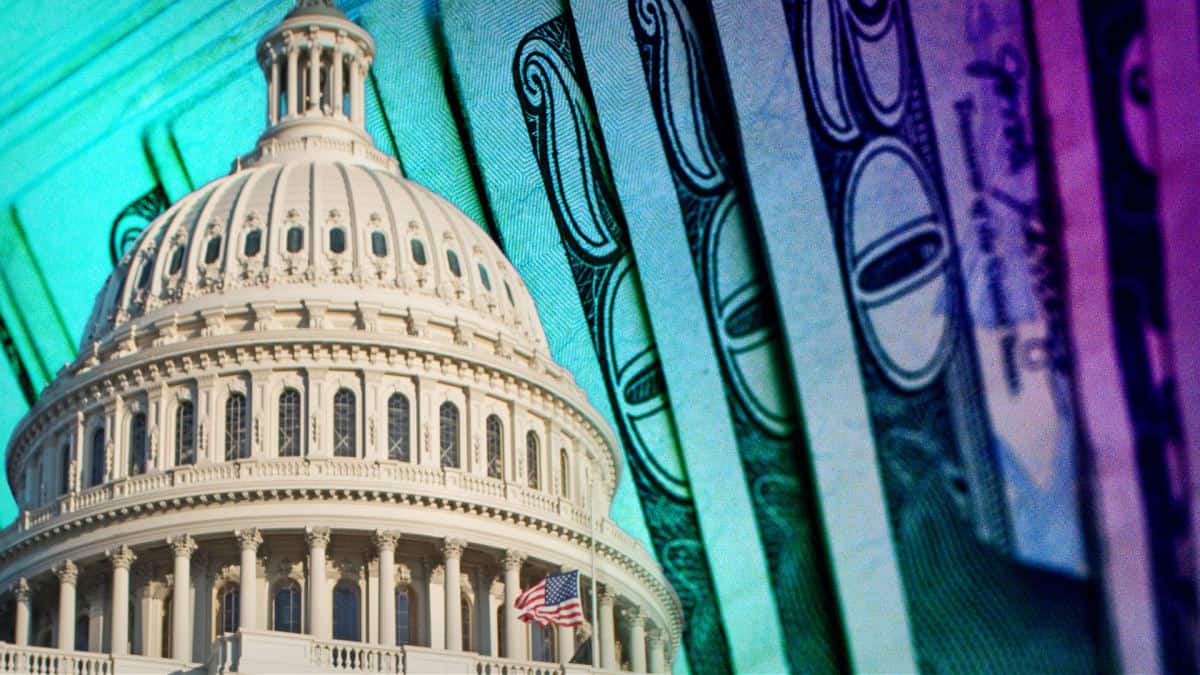Americans could soon change the way they save for retirement, thanks to several reforms included in the mammoth $1.7 trillion omnibus spending bill that lawmakers are rushing to pass before Friday.
At more than 4,000 pages, the spending bill is geared toward funding federal agencies through September 2023, but it also touches on everything from emergency assistance for Ukraine to America’s retirement gap. The latter stems from a retirement bill that was passed earlier this year in the House with broad bipartisan support — the Secure 2.0 bill, which was wrapped into the omnibus spending bill.
The changes come as almost half of older workers have no retirement savings, and many who are socking away money for their golden years are far from their goals. While Americans believe they need savings of $1.25 million to live comfortably in retirement, the typical retirement account holds less than $87,000.
“The fact that this bill encourages retirement savings and will help those individuals who may not have the ability to put the money away is really positive,” Lisa Featherngill, national director of wealth planning at Comerica Bank, told CBS MoneyWatch.
Here are a few of the major changes in store for American retirement savers.
Employers may match student loan repayments
Companies may treat their employees’ student loan repayments as elective deferrals to their retirement accounts, which would then allow the employers to provide a matching contribution to their 401(k). This provision would help workers who are not saving much for retirement because of their college debt.
“This is saying, up to a certain point, the loan payments you make will count as if you put that money in the retirement plan,” Featherngill said.
That will help younger workers struggling with loan repayments to start building their retirement savings earlier, she predicted.
A $2,000 retirement match
The bill would also expand the Saver’s Credit, a nonrefundable tax credit, by turning it into a direct federal contribution to retirement accounts held by low- and middle-income workers.
Under the plan, workers who earn below a certain income threshold and contribute to a retirement plan could get a $2,000 match from the government. The income limits are $35,500 for single filers and $71,000 for married taxpayers.
While that may seem like a small benefit, the impact could be powerful over time, experts say. “With so many people who are lower income not saving for retirement, if you can get $2,000 a year and you start early, then the impact of compounding interest can be significant,” Featherngill said.
Delay mandatory withdrawals until age 75
The bill would also change the law regarding required minimum distributions, or RMDs, which is the amount of money that retirees are mandated to withdraw each year.
Currently, people need to start taking their RMDs at age 72, but the bill would boost that age to 73 starting in January 2023, and then raise it again to age 75 in 2033.
That would give older Americans more flexibility to delay when they want to start drawing down their retirement assets, but it has also sparked some criticism from tax experts who say the provision would mostly benefit wealthier retirees.
The change “will mainly help the rich shelter their income from taxes for longer periods and build up more wealth for their heirs,” according to a December 16 letter sent to Congress from 45 organizations including Americans for Tax Fairness.
“Pre-retirees” can sock away more money
Older workers who are just a few years away from retirement, or “pre-retirees,” could boost their retirement savings under the bill.
People in their early 60s will be able to increase their catch-up savings from the current $6,500 to $10,000 per year, starting in 2025.
This provision has also drawn criticism for mainly helping upper-income workers. “This only helps the few workers with enough disposable cash to take advantage of the new higher limits,” the December 16 letter said.

